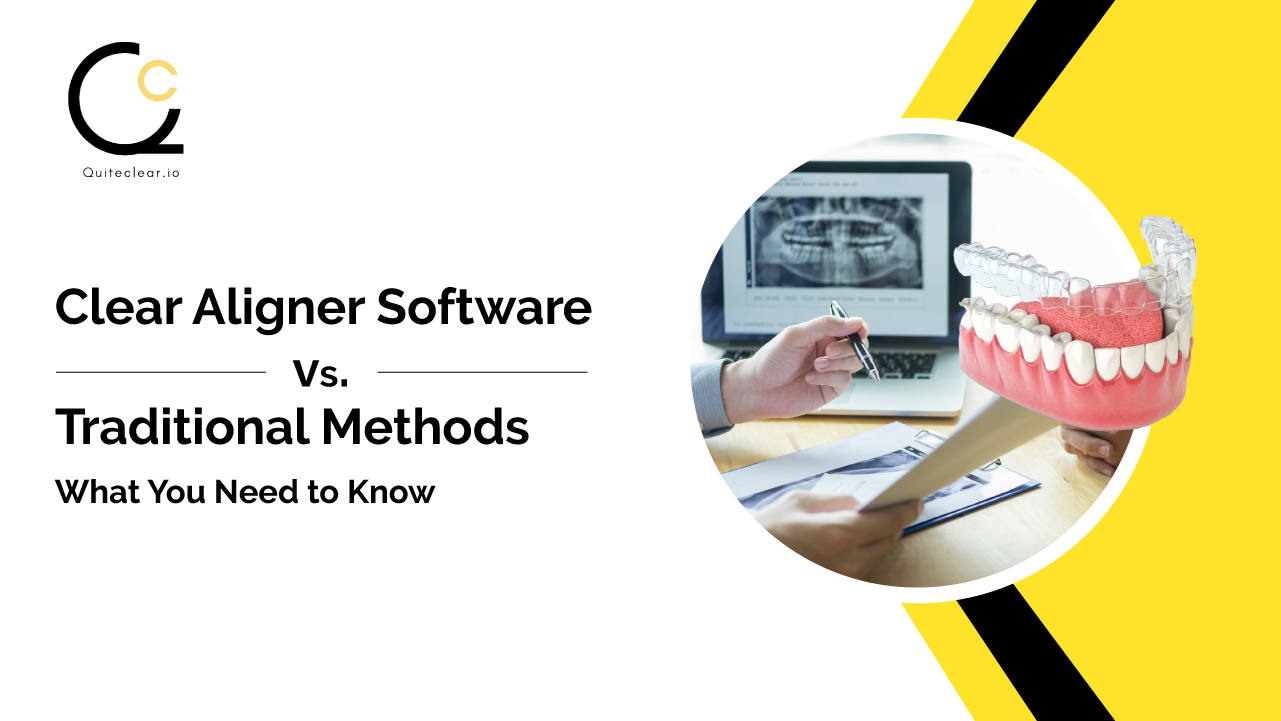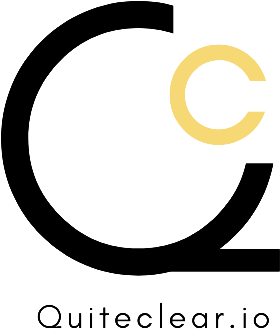Clear Aligner Software vs. Traditional Methods: What You Need to Know

Orthodontics has come a long way in recent decades, with one of the most exciting developments being the advent of clear aligners. These sleek, nearly invisible alternatives to traditional braces have gained popularity for their aesthetic and practical benefits. Yet, the evolution of clear aligners goes beyond just their appearance— advanced software tools designed for clear aligners are transforming how orthodontic treatment is planned and executed. So, how do these modern digital tools stack up against traditional orthodontic methods? Let’s dive into the differences, benefits, and potential downsides of clear aligner software compared to traditional approaches.
The Evolution of Orthodontic Treatment Planning
Orthodontic treatment has always required careful planning and precise execution to achieve the best results. Historically, this meant relying on manual techniques like plaster models and physical impressions to guide tooth movement. While these methods have been effective, they have their limitations, including issues with precision, time consumption, and patient comfort.
Enter clear aligner treatment planning software—a game changer in the orthodontic world. With the help of advanced 3D imaging and CAD/CAM technology, orthodontists can now create highly accurate digital models of a patient’s teeth. This software not only enhances the precision of treatment planning but also streamlines the entire process from diagnosis to how the final result would look like.
Key Differences Between Clear Aligner Software and Traditional Methods
- Precision and Accuracy
- Traditional Methods: Traditional orthodontic methods involve taking physical impressions and creating models manually. While skilled orthodontists can achieve impressive results, the process is prone to human error. Minor inaccuracies in impressions or models can impact the treatment outcome.
- Clear Aligner Software: Digital software brings a new level of precision. By using 3D scanning technology, orthodontists can generate a detailed digital model of a patient’s teeth. This model allows for precise simulations of tooth movement and treatment planning, reducing the chances of errors and leading to more predictable results.
- Time Efficiency
- Traditional Methods: Traditional approaches can be quite time-consuming. Taking physical impressions, creating models, and making adjustments all require significant time and effort from both the orthodontist and the patient.
- Clear Aligner Software: The digital nature of clear aligner software speeds up the process. 3D scans are quick and easy, and the software can generate treatment plans almost immediately. This efficiency not only saves time during appointments but can also shorten the overall treatment duration.
- Customization and Flexibility
- Traditional Methods: While traditional methods do allow for customization, they are limited by the physical constraints of the materials and techniques used. Adjusting a treatment plan midway through can be cumbersome and may necessitate new impressions and models.
- Clear Aligner Software: The flexibility offered by clear aligner software is unmatched. Orthodontists can make real-time adjustments to the treatment plan based on the patient’s progress. This level of customization allows for a more tailored approach to meet each patient’s unique needs and improved overall treatment experience
- Patient Experience
- Traditional Methods: Traditional braces and methods can be uncomfortable for patients, both in terms of physical sensation and appearance. Additionally, the process of taking physical impressions can be unpleasant for some causing gagging reflexes
- Clear Aligner Software: Clear aligner software enhances the patient experience by offering a more comfortable and aesthetically pleasing treatment option. Digital scans replace messy impressions, and patients can visualize their treatment plan in 3D, which helps them feel more confident and informed about their treatment.
- Cost Considerations
- Traditional Methods: Traditional methods typically have a lower upfront cost, as they don’t require advanced software or technology. However, the time and labor involved can make them more expensive in the long run
- Clear Aligner Software: The initial investment in clear aligner software might be higher, but the efficiency and accuracy it provides can lead to cost savings over time. Faster treatment and fewer adjustments mean fewer office visits, which can reduce overall costs for both the orthodontist and the patient.
Potential Drawbacks of Clear Aligner Software
Despite the numerous advantages, there are some potential drawbacks to consider when using clear aligner software:
- Learning Curve: Orthodontists may need time and training to become proficient with clear aligner software, which can involve a significant investment.
- Software Limitations: While advanced, clear aligner software might not be suitable for every case, particularly those with complex or severe malocclusions that may require traditional methods. As softwares still have limitations when it comes to clinical adaptations and realistic outcomes.
- Technology Dependence: Heavy reliance on technology can be a double-edged sword. In cases where technology fails or software needs updating, it could pose challenges.
As orthodontics continues to evolve, the choice between clear aligner software and traditional methods becomes increasingly significant. Clear aligner software represents a leap forward in orthodontic treatment, offering unparalleled precision, efficiency, and flexibility. Its ability to create detailed digital models and simulate treatment outcomes in a virtual environment provides a more accurate and customized approach to patient care. The streamlined process and enhanced patient experience further underscore the benefits of embracing digital tools.
However, traditional methods still hold value, particularly for cases where the complexity of the dental issue may necessitate conventional approaches. The lower upfront costs and established effectiveness of traditional methods make them a viable option for many practices and patients. Ultimately, the decision between clear aligner software and traditional methods should be guided by the specific needs of each patient and the goals of the orthodontist. The integration of digital technology into orthodontic practices represents a significant advancement, but it’s essential to weigh the benefits against potential drawbacks, such as the learning curve and technology dependency.
As the field of orthodontics continues to advance, staying informed about the latest tools and techniques will be crucial for orthodontists aiming to provide the best possible care. Whether opting for clear aligners or traditional braces, the focus remains on delivering effective, comfortable, and efficient treatment outcomes for patients. Embracing the right combination of technology and technique ensures that orthodontic practices can meet the evolving needs of their patients while staying at the forefront of industry advancements.
After the stage of impression taking using intra-oral scanner and feeding the data into the treatment planning software to plan the treatment for maloccusion, the Orthodontists use services such as that of Quiteclear, a manufacturing service for white-label clear aligners. Quiteclear excels to provide a complete package of clear aligners for those who plan to start their own clear aligner brand using their manufacturing service as well as the aligner company who wishes to focus on branding and marketing of their products and outsource the pain of productions to experts such as Quiteclear in the field of fast accurate timely manufactured clear aligners.
